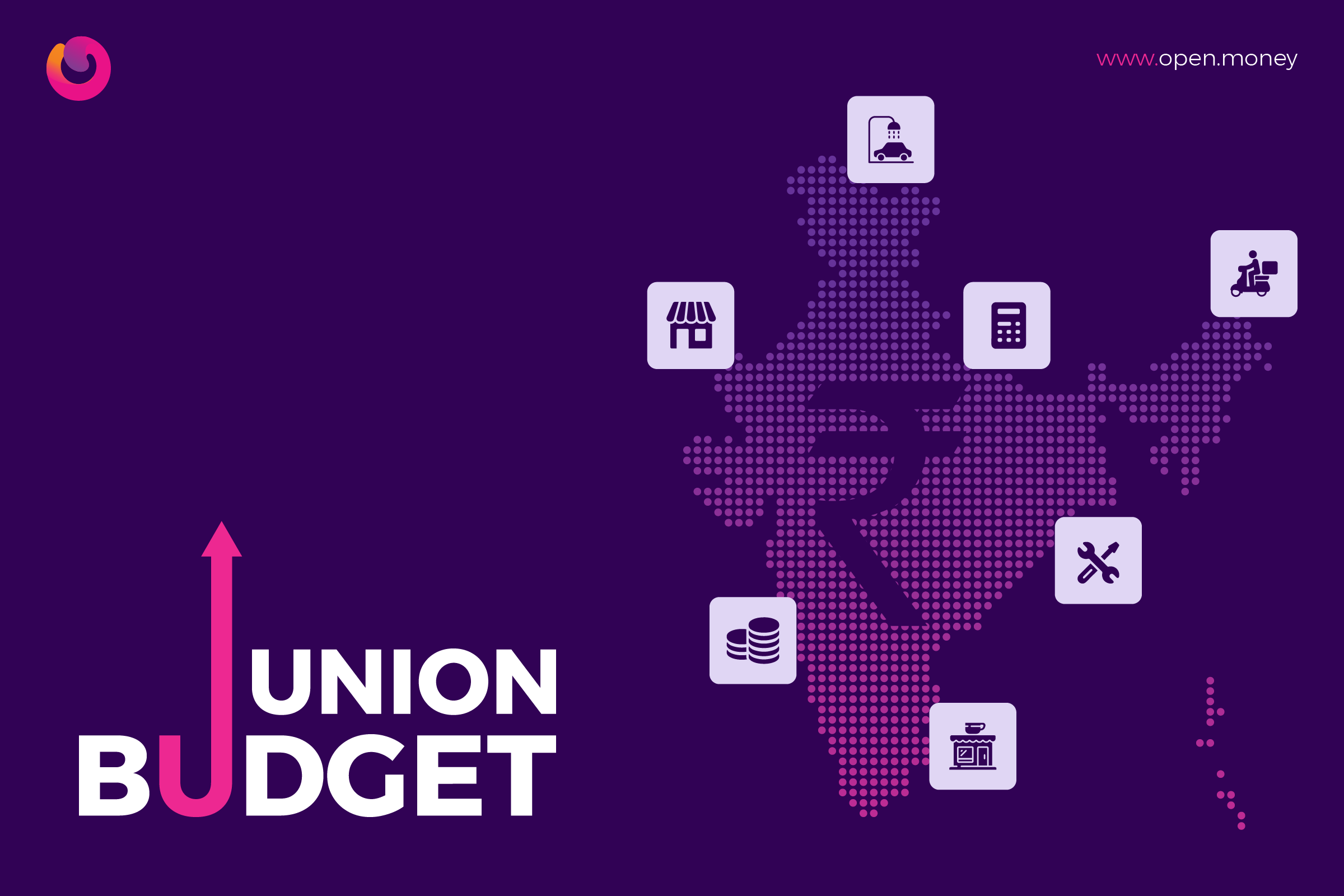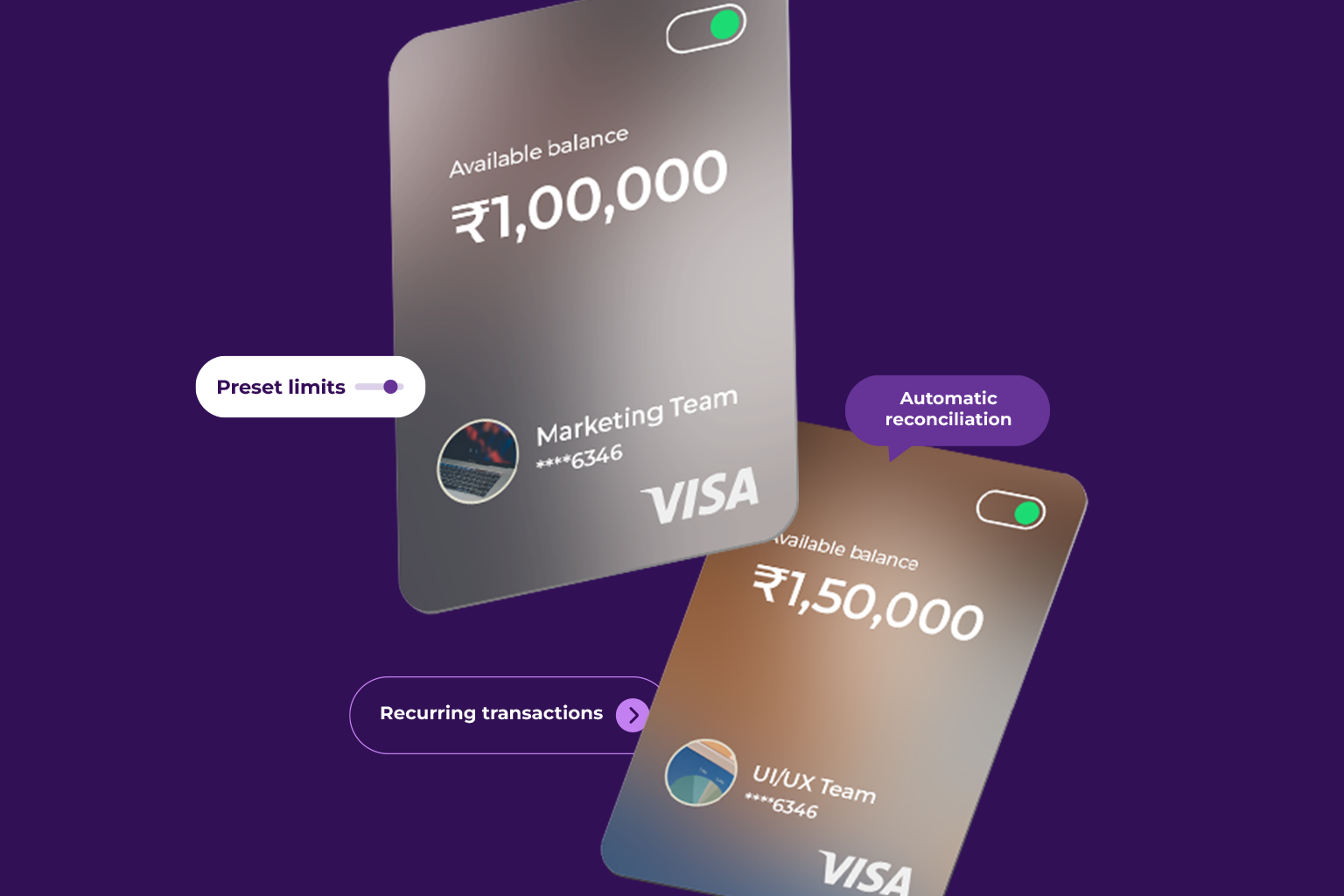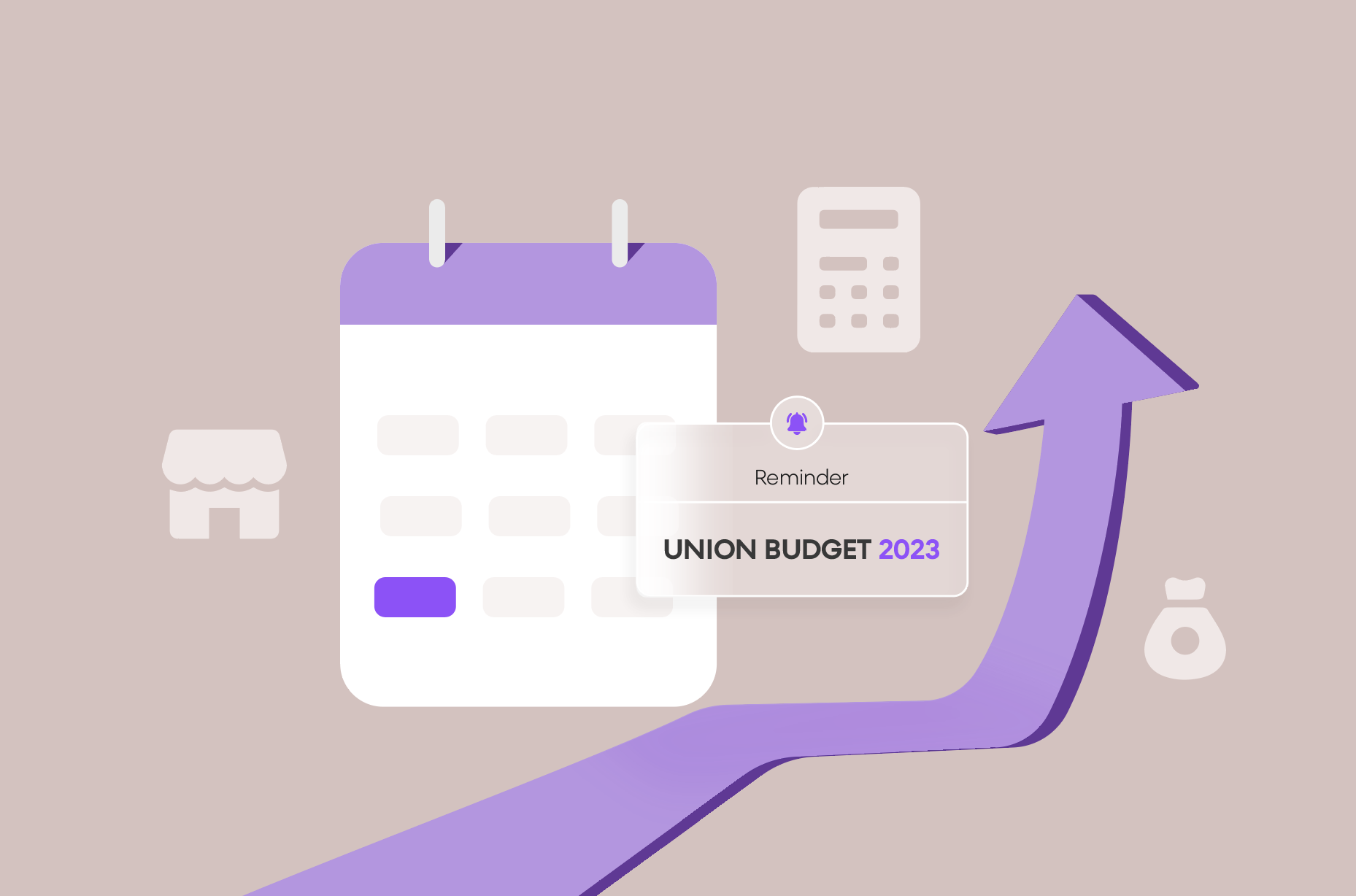Everyone will remember the Union Budget 2022 for its brevity. The Budget proposed measures for micro, small and medium enterprises (MSMEs), which contribute over 30 percent to the country’s GDP, to help them recover from the pandemic. Apart from this, ECLGS (Emergency Credit Line Guarantee Scheme) has been extended up to March 2023, and Rs 50,000 crore has been set aside for tourism and related sectors.
The Budget also talked about financial support for the digital payment ecosystem and promoting payment platforms. FM Nirmala Sitharaman also proposed to set up 75 digital banking units in 75 districts. All in all, it can be called progressive and growth-oriented.
“Startups have emerged as a growth driver for the economy. Tax incentives for startups increased from three years to four years of incorporation, given the pandemic,” the Finance minister said while announcing the Union Budget 2022.
Additionally, the minister proposed to extend the capital gains tax exemption for investments in startups by one year to March 31, 2022. One thing was crystal clear from the Budget. The government is trying to lay down the framework or create infrastructure for sustainable growth for the next five years and create economic stability in the nation during the uncertainties of Covid.
The announcement of the digital rupee and 30% tax on the digital asset with 1%TDS showcases a positive intent of the government towards cryptocurrency. The Budget’s main draws were the revised focus on agriculture, financial inclusion, improving human resources, healthcare, transport infrastructure, clean technology, and startups economy.
Below is a brief list of announcements made in the Union Budget 2022. We will be focusing on the statements that will directly or indirectly impact businesses (SMEs and Startups).
Economy
- CAPEX target expanded to Rs 7.50 lakh crore, an increase by 35.4 percent — from Rs 5.54 lakh crore. FY23 effective CAPEX seen at Rs 10.7 lakh crore
- India’s growth is highest among all major economies; we are now in a solid position to withstand challenges.
- The goal is to complement macro-growth with all-inclusive welfare, digital economy and fintech, tech-enabled development, energy transition, and climate-friendly action.
- ECLGS cover expanded to INR 5 lakh crore, increasing by INR 50,000.
- The principal focus of the Budget this year are PM Gati Shakti, Productivity Enhancement, Inclusive Development, Energy Transition, Sunrise Opportunities, Financing of investments, Climate Friendly Action.
- Productivity-linked incentive schemes across 14 sectors are likely to receive investments worth INR 30 lakh crores.
- Public investment and capital spending are primary channels of economic recovery and growth.
Ease of Doing Business
- The government repealed seventy-five thousand compliances and 1,486 union laws to make it easier for businesses. India to launch the next phase of Ease of Doing Business EODB 2.0 and Ease of Living.
- The corporates can voluntarily exit in 6 months instead of 2 years.
- The new legislation will replace Special Economic Zones Act.
MSMEs & Startups
- INR 6,000 crore program to rate MSMEs to be rolled out over five years.
- MSMEs such as Udyam, e-Shram, NCS & Aseem portals will be inter-linked. It will widen their scope.
- They will now perform as portals with live organic databases providing G-C, B-C & B-B services such as credit facilitation to enhance entrepreneurial opportunities.
- A fund with blended capital raised under the co-investment model facilitated through NABARD to finance agro startups and rural enterprises for the farm-produce value chain.
- The government will promote startups for Drone Shakti.
- PE/VC invested INR 5.5 lakh crore in the startup, and an expert panel will suggest measures to help attract investments.
- Existing tax benefits will be extended by one more year for startups that the government offered redemption of taxes for three consecutive years.
Steps to Promote Digital Currency
- Launch of the blockchain-based digital rupee at the beginning of 2022-23.
- 30% tax will be levied on the income from virtual digital investments.
- TDS of one percent on the transfer of virtual assets above a threshold.
- One cannot offset losses from the sale of virtual digital assets against other income.
- The receiver of gifts in cryptocurrencies will be taxed.
Education & Skilling
- States are encouraged to revise the syllabus of agricultural universities to meet the needs of natural, zero-budget, and modern organic agriculture.
- Digital university to be set up on a hub and spoke model to provide education.
- Government to launch National Skill Qualification Framework (NSQF) to cater to dynamic industry needs.
Jobs Creation
- Emergency Credit Line Guarantee Scheme (ECLGS) will see an extension till March 2023, creating 60 lakh jobs in the next five years. It will also help MSMEs gain the required credit to bail them out of the pandemic.
- A digital ecosystem for skilling and livelihood to be launched to make citizens industry-ready through online training.
Financial Inclusion
- The Government will take measures to step up private capital in the infra sector.
- The core banking system will power all 1.5 lakh post offices across India to improve financial inclusion and access accounts through net banking, mobile banking, ATMs, enabling citizens to transfer funds online between post office accounts and bank accounts. It will be helpful to farmers, senior citizens, and industries in rural areas, improving interoperability and financial inclusion.
- IBC amendments to improve the resolution process and facilitate cross-border insolvency resolution.
- Scheduled commercial banks will set up 75 digital banks across 75 districts to encourage digital payments.
- The surety bonds will substitute for bank guarantees in government procurements.
- GIFT city will have an international arbitration center to provide faster dispute resolution.
Duties on Industry
- Import duty on certain chemicals is being cut.
- Beginning October 2022, unblended fuel will see an additional duty of INR 2/litre.
- The government will extend customs duty exemption on steel scrap for MSMEs for another year and revoke customs duty payable on stainless steel, flat products, high steel bars.
- Duties on import of cut and polished diamonds and gemstones are to be reduced by 5 percent, and no taxes on the sawn diamond.
- The government will give customs duty concessions to specific electronic devices to promote manufacturing across wearables, hearing aids, and mobile phone components.
Infrastructure and Manufacturing
- Desh stack e-portal to promote digital infrastructure will be launched.
- The government will formulate PM Gatishakti’s master plan for expressways the next financial cycle. 100 PM Gati Shakti terminals to be set up in next three years to pull forward the economy and create more job opportunities.
- For one more year till March 2024, a concessional corporate tax rate of 15 percent would be available for newly incorporated manufacturing companies.
Agriculture
- Railways will develop new products to utilize produce from small farmers and employ MSMEs.
- The officials and farmers will use Kisan Drones for crop assessment, land records, spraying of insecticides to empower the agriculture sector with the latest technology.
- The government would incentivize finance startups to aid rural enterprises. The NABARD will facilitate a fund under co-investment model finance startups for agriculture, and rural enterprise relevant for farm produce value chain. Ministries will extend financial support to farmers to take up agroforestry and will also launch a completely paperless, e-bill system for procurement.
- Govt will promote chemical-free biological agriculture throughout the country to boost farmers’ sustainable agricultural productivity and income.
Healthcare
- The government will roll out an open central platform for the national digital health ecosystem that will consist of digital registries of health providers and health facilities, unique health identity, and universal access to health facilities.
Telecom
- The year 2022 will see spectrum auction for 5G rollout.
- Scheme for design-led manufacturing to be launched for 5G ecosystem as part of PLI scheme to enable affordable broadband and mobile communication in rural and remote areas. Five percent of the USO Fund will be allocated for R&D and technology upgrades, according to the Union Budget 2022.
- Contracts for laying optical fiber in villages to be awarded under the BharatNet project in 2022-23 and completed by 2025.
- Under the BharatNet project, the Government will give infrastructure status to the datacenters and energy storage systems to avail easy financing.
Defence Sector
- Govt committed to reducing defence imports and promoting self-reliance in the sector. Sixty-eight percent of the capital for the defence sector is to be earmarked for local industry, according to the Union Budget 2022.
- The government will open up a defense R&D for industry, startups, and academia with 25% of the defense R&D budget. The SPV model will encourage the private sector to develop military platforms and equipment in collaboration with DRDO and other organizations.
Transportation Including Railways
- 2,000 km of the rail network to be brought under indigenous technology KAWACH, a government initiative focused on safety and capacity augmentation.
- The national highways network will expand by 25,000km in 2022-23 to improve connectivity and goods transfer, according to the Union Budget 2022.
- The government will push for one product, one railway station.
Electric Vehicles
- The private sector will be encouraged to create sustainable and innovative business models for battery and energy as a service. They will have to work on improving the efficiency in the EV ecosystem through a battery swapping policy to allow EV charging stations for automobiles.
Climate & Net Zero Carbon Emissions
- Energy transition and climate action are critical to the government. Projects focused on reducing the economy’s carbon intensity will receive funds.
- Sovereign green bonds will fund green infrastructure for the public sector projects. They are to be part of the government’s borrowing program in FY23.
- According to the Union Budget 2022, the government will set up four pilot projects for coal gasification. INR 19,500 crore of additional allocation funds for PLI for manufacturing high-efficiency solar modules. A low carbon development strategy will create new employment opportunities.
Conclusion
The government’s primary focus in the Union Budget 2022 is to strengthen the infrastructure or critical pillars on which the Indian economy can have fast sustainable growth. The budget extends aid to businesses as the uncertainties of the pandemic continue and makes the citizens industry-ready by empowering them with the required skills.
The Union Budget 2022 also focused on empowering Indian Postal Services with core-banking systems to make banking services more accessible and connected. Push for digital currency through digital rupee powered by blockchain technology and acceptance of cryptocurrency as digital assets were other welcome moves. Laying the fiber optic lines for faster communication and financing the datacenters as key infrastructures is also one of the key priorities.
Increasing the penetration of roads and railway transport for faster transfer of goods and services, and strengthening one of the key pillars of growth was one of the key points of the budget. The budget also aimed at modernizing the agriculture sector with Kisan Drone technology for easy crop assessment and management.
All of the above are key steps that will reinforce and improve the currently existing infrastructure. It will pave the path for economically and ecologically sustainable growth for the Indian economy.
Source: The Budget Document
Open recently hosted a webinar in collaboration with industry leaders to understand the key takeaways from the budget. They also discussed what will be the short-term and long-term implications of the Union Budget 2022 on businesses. You can watch it here:
[su_youtube url=”https://www.youtube.com/watch?v=jwjhFhKd1QQ” title=”Union Budget 2022 | What it means for Indian businesses”]





